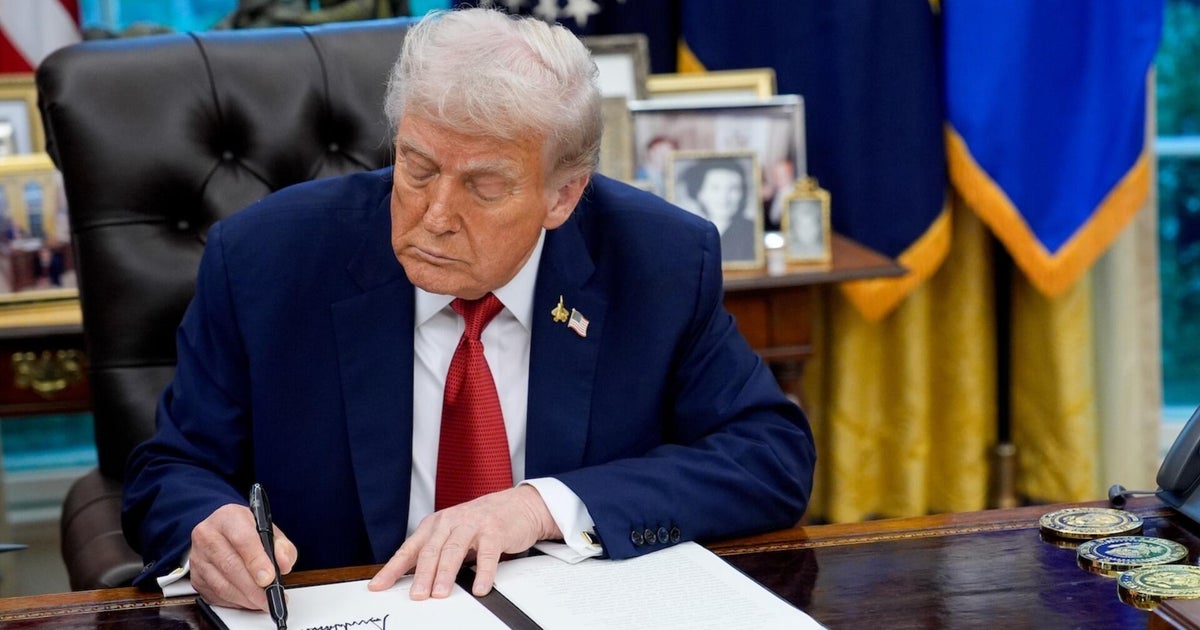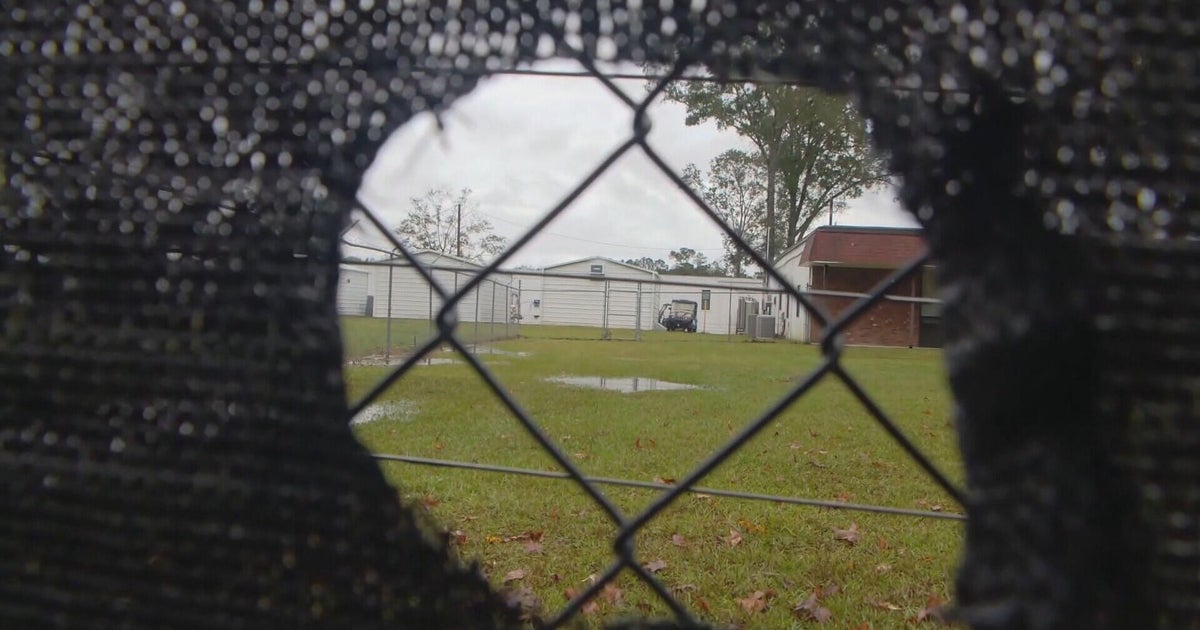From the moment the Russian pilots entered Estonian airspace, they were pursued by NATO’s most advanced fighter jets.
Two Italian F-35s – Ghost 1 and Ghost 2 – had launched an interception mission from an airbase 50 kilometres outside the capital Tallinn.
For an instant, the course of world affairs rested on the shoulders of five men – three Russians and two Italians – who were not in radio contact with each other.
The Italians began the routine of an aerial intercept, rocking their wings from side to side.
In reply, the Russians rocked theirs back. Then one of the pilots raised his hand and gave a friendly wave.
For the next 12 minutes, the Italian pilots trailed the Russians all the way to the Russian enclave of Kaliningrad – an unprecedented length of time for an incursion into NATO airspace.
This time, the manoeuvre was carried out peacefully, and NATO fighters were not forced to fire at the three Russian MiG-31s, themselves armed with air-to-air missiles.
But the potential flashpoint has sparked days of intense discussion inside NATO over when, where and how they might pull the trigger.
Loading
“We are really proud of how we react every time,” said Lieutenant Colonel Gaetano Farina, the commander of the Italian air task force for NATO’s Baltic Eagle III mission in Estonia.
NATO polices the airspace of the Baltic states of Estonia, Latvia and Lithuania, none of which possess fighter jets.
This was the seventh time Farina’s pilots have been scrambled since the rotation began on August 1, but on every occasion until now, the interceptions have taken place over international waters.
The latest incident came in a fortnight in which Vladimir Putin launched a spate of operations designed to probe NATO’s ability to defend its borders: a barrage of drones was fired into Poland, airports in Oslo and Copenhagen had to close due to unattributed drones, and, ahead of this weekend’s election in Moldova, Moscow is hinting at an invasion.
In Article 4 consultations triggered at NATO by the Estonian government over violation of its airspace, the question was asked: “What if Russian jets do it again? And what if, this time, they push us even harder?”
Loading
In the past 10 years, Russia has violated Estonian airspace at least 40 times – once by a jet flying Putin to Helsinki for a 2018 meeting with Donald Trump.
But those breaches have tended to involve “corner-cutting” around the uninhabited Vaindloo island just north of Estonia by lone, old aircraft.
This time, three heavy fighters flew at least eight kilometres into Estonian airspace.
Although the Russians followed the internationally agreed order of an intercept, they did not alter their course or steer out of Estonian airspace.
‘Relaxed’ response
On the return to base, there was no Top Gun-style whooping and hollering from the Italian pilots. “It’s our job,” said Farina, a tall, chiselled figure who once led Italy’s equivalent of the Red Arrows. “The men were relaxed.”
The same cannot be said for the inhabitants of Stenbock House, Estonia’s government complex in Tallinn, nor the Western leaders working the phones in response to the news.

2015: Turkish F-16s shoot down a Russian fighter after it strayed into Turkish airspace.Credit: Haberturk TV
When a Russian fighter jet entered Turkish airspace in 2015, it was shot down within 17 seconds.
As soon as the Italian F-35s were back in their hangars, some began to ask why the blatant violation of NATO territory had not met with the same response.
Others questioned whether the Russian pilots had strayed from their flight paths by mistake. “I cannot say, maybe it could happen with an old jet,” said Farina.
The Estonian government does not assess that the situation merited a “kinetic” reply – one, after all, which could lead to far more explosive results in the small nation on the eastern Baltic coast that shares a 294-kilometre border with Russia.
The Russian jets were not heading towards the Estonian mainland, nor were they armed with missiles that could blow up targets on the ground.
Ultimately, the decision on whether to pull the trigger lies with NATO and the governments that deploy their military forces to its missions.
Nato’s rules of engagement are classified. But when governments in countries such as Italy, the UK or Sweden provide jets to NATO, they are permitted to apply “caveats” on their use.

The MiG-31 first flew in the 1980s - latest versions have been adapted to fire Kinzhal hypersonic missiles.Credit: Russian Defence Ministry
That might mean that one chooses to act more cautiously than another.
On Friday, the NATO response was directed by a German general in charge of the Combined Air Operations Centre (CAOC) in the small German town of Uedem. Overall command remains largely reliant on the US and its appointment of General Alexus Grynkewich, the Supreme Allied Commander Europe.
Hodge-podge system
Effective on Friday, the system remains a hodge-podge. It is unclear under which exact circumstances a Russian fighter can be shot down.
If a pilot feels their life is threatened – say, a Russian jet has locked on to their craft – then they are empowered to shoot.
But in more nuanced situations, final decision-making authority lies with the national government providing the aircraft to NATO. Days of negotiation at the North Atlantic Council, NATO’s decision-making body, will have analysed whether that leaves Estonia vulnerable.

Estonian troops train with British counterparts in 2022.Credit: Getty
“Perhaps our systems need to be clarified and pre-agreed,” said Eerik-Niiles Kross, an Estonian MP and the country’s former intelligence director.
Russia is “constantly trying to push boundaries”, a source connected to the British military with experience in Estonia told the London Telegraph.
The escalation means that Britain, which stations some 1000 troops in the country, “needs to make sure that any force that the UK is prepared to deploy has got the right equipment and lethality to be able to defend itself and provide a robust element for the defence of Estonia”.
Loading
In a joint declaration on Tuesday, NATO warned Russia that it was prepared to use “all military tools” to counter invasions of its airspace, without setting clear red lines for when they might do so.
The trouble is that if NATO issues specific threats, “it has to back them up”, said Ed Arnold, a senior research fellow at the Royal United Services Institute think tank in London.
It is not beyond Putin to send his pilots on a quasi-suicide mission to “goad NATO into a provocation that he can then spin and at the same time cause frictions within the alliance”, Arnold added.
Vast military build-up
At the lighter end, that might mean dogfights, claims of victimhood and more drone barrages. But Estonia is also undertaking a vast military build-up to make it an unappetising target for Russia, which absorbed the nation into the Soviet Union in 1940.
Near the eastern border, tank ditches are under construction. The government is purchasing large amounts of long-range missiles, ammunition and advanced air-defence systems, including the Iris-T, which will arrive by the end of the year.
Loading
Until 2029, Estonia’s annual military spending will average 5.4 per cent of GDP, the highest figure in the NATO alliance. But it will not purchase fighter jets, Hanno Pevkur, the defence minister, said this week.
If it did, it would have the sovereign right to use its own planes to shoot down Russian jets, whatever NATO’s views on the matter. Without such aircraft, the decision to carry out air-to-air kills will remain in NATO’s hands.
Tallinn’s immediate decision to call for Article 4 consultations “might lead you to assume that we are worried or concerned”, said Jonatan Vseviov, the secretary general of Estonia’s Foreign Ministry. “We are not.”
“We are absolutely confident in our ability, together with our allies, to defend NATO and the European Union here in this region.”
Barely any Russian troops are stationed in the border regions of Leningrad and Pskov. “They’re all stuck in Ukraine,” said Vseviov, with a smile.
‘Grey-zone’ threats
Instead, Tallinn expects more “grey-zone”-style threats, like the blimp flown across the river towards the Estonian city of Narva, or the removal of buoys in its midst that mark the border line.
In Narva, Russian propaganda bombards the local, largely ethnic Russian population, thanks to the deliberate extension of Moscow’s radio and TV networks.
Speaking on condition of anonymity, one senior official in the Estonian government said the crisis had upsides for Tallinn. It is pressing for the relaxation of various rules and regulations that will speed up its re-arming process. And it has called for an increased Nato presence within its borders.
Visiting Amari air base on Wednesday, Guido Crossetto, Italy’s defence minister, announced that Italy will extend its deployment there for another month. For the first time, this mission includes the use of an advanced Samp/T air-defence battery, able to shoot down targets at a range of 150 kilometres.
“It was the right thing in the right moment,” said an Italian military official, standing next to the missile launcher as gunfire echoed from a nearby Estonian firing range.
While they wait for the next incursion, the Italian F-35 pilots train constantly. The alarm sounds. The technicians run to the jets and the pilots jump on board. The system runs “like clockwork”, said Lieutenant Colonel Farina.
And in the woods near Amari lies a warning to the Russian president. Under graves marked with the tail wings of Soviet aircraft, several Russian pilots have been laid to rest. They fell during the 50 years when Russia occupied Estonia, during which time it built the base.
Others, yet, may follow suit.
The Telegraph, London
Get a note directly from our foreign correspondents on what’s making headlines around the world. Sign up for our weekly What in the World newsletter.


















































